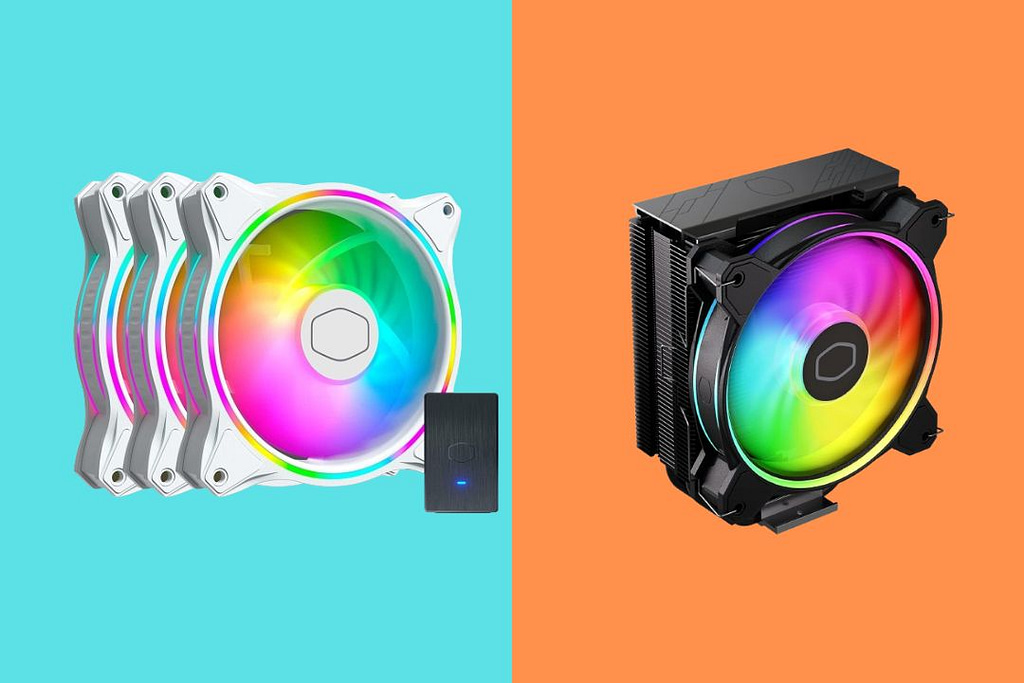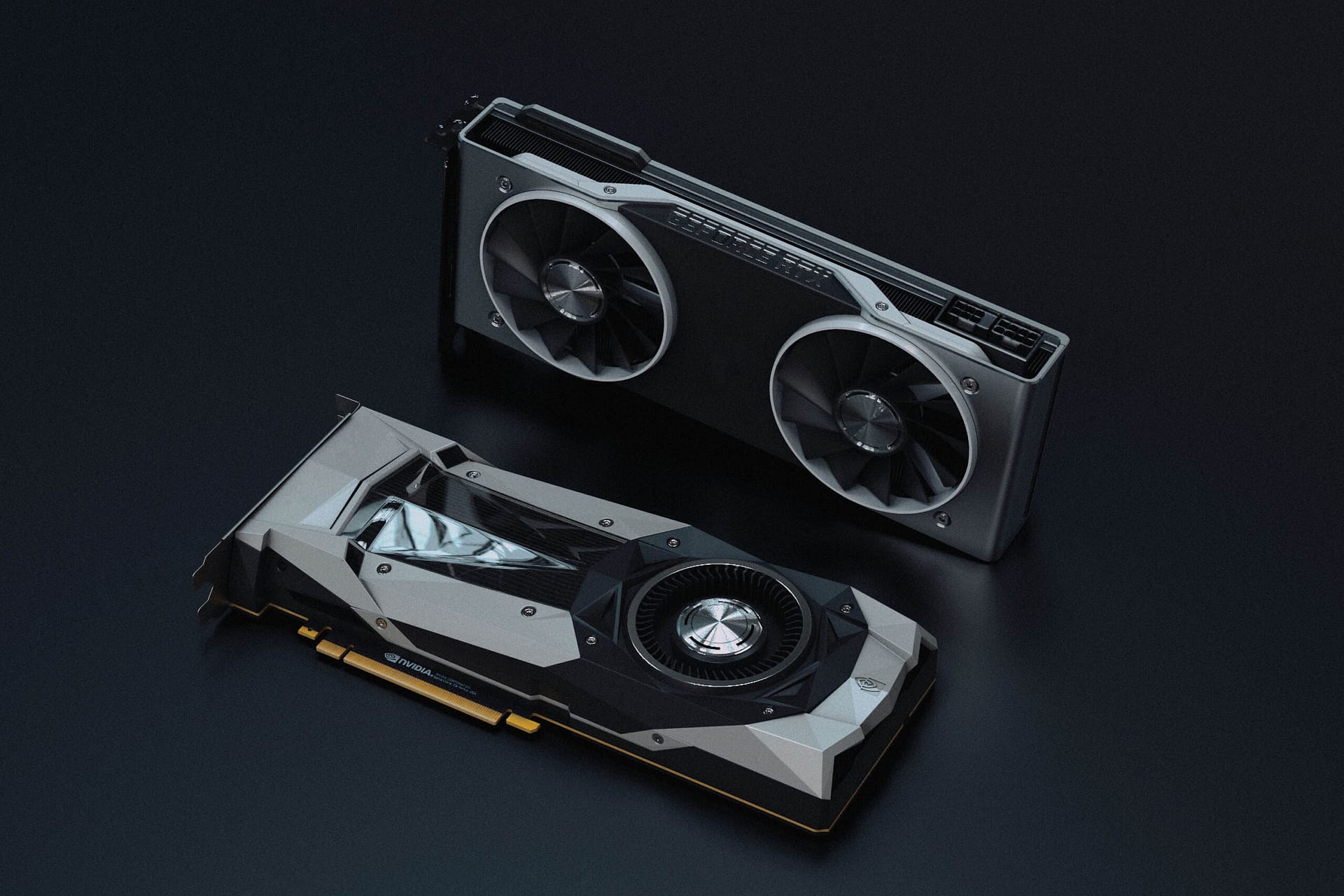
In the ever-evolving realm of PC gaming, where every frame and operation counts, the importance of an efficient cooling system cannot be overstated. For enthusiasts like Tech Enthusiast Tom, who revels in the joy of constructing and optimizing his gaming rig, the battle between Sys Fan and CPU Fan takes center stage.
Understanding the nuances between these cooling components is crucial for achieving optimal system performance, preventing overheating, and ensuring a seamless gaming experience. In this exploration, we delve into the intricacies of Sys Fan and CPU Fan, comparing their roles, performance considerations, and the factors that can influence your choice for the perfect cooling setup.
Table of Contents
ToggleUnderstanding Sys Fan and CPU Fan
Explanation of Sys Fan (System Fan):
The Sys Fan, short for System Fan, is a fundamental component in your gaming rig’s cooling arsenal. Positioned strategically within the case, Sys Fans are responsible for maintaining an ambient temperature by circulating air throughout the system. These fans contribute to cooling components such as the graphics card, motherboard, and storage devices.
In essence, Sys Fans are guardians of your system’s thermal equilibrium, ensuring that each component operates within its optimal temperature range. As Tech Enthusiast Tom seeks to extract every ounce of power from his gaming rig, understanding the role of Sys Fans in achieving this delicate balance becomes paramount.
Explanation of CPU Fan:
While Sys Fans handle the overall temperature control, CPU Fans take on a more specialized role, focusing on the central processing unit, the brain of the gaming rig. Positioned directly above the CPU, these fans are designed to dissipate the heat generated by the processor during intensive tasks such as gaming or video editing.
Tech Enthusiast Tom, with his penchant for pushing his system to its limits, understands the critical importance of a well-functioning CPU Fan. Ensuring that the CPU remains within its optimal temperature range is not only vital for performance but also contributes to the longevity of this crucial component.
As we dive deeper into the comparison between Sys Fan and CPU Fan, it becomes evident that each plays a unique and complementary role in maintaining the delicate thermal balance within a gaming rig.
Differentiating Sys Fan and CPU Fan
Cooling Targets:
Sys Fans and CPU Fans have distinct targets when it comes to cooling. Sys Fans work tirelessly to control the overall system temperature, ensuring that all components receive adequate airflow. On the other hand, CPU Fans have a more focused mission, directing their cooling efforts specifically toward the CPU.
For Tom, whose gaming rig houses powerful components working in tandem, understanding these cooling targets will be pivotal in creating a balanced and high-performance system.
Performance Considerations:
As Tech Enthusiast Tom seeks to extract maximum performance from his gaming rig, he must consider how Sys Fans and CPU Fans impact the overall stability and operation of his system.
Sys Fans, by contributing to the overall cooling, play a role in maintaining a stable environment for all components. A well-cooled system is less likely to experience thermal throttling, ensuring consistent performance during prolonged gaming sessions.
CPU Fans, with their direct impact on the processor, influence the performance of the heart of the system. Tom’s gaming experiences will benefit from a CPU that operates within its optimal temperature range, allowing for smoother gameplay and efficient multitasking.
Also Check: Best CPU Cooler for i9 13900k
Factors to Consider in Fan Selection
Noise Levels:
One of the key considerations for Tech Enthusiasts is the noise generated by their cooling system. Sys Fan vs CPU Fan noise levels can significantly impact the overall gaming experience. Sys Fans, distributing airflow across multiple components, may produce a hum that blends into the background. On the other hand, the whir of a CPU Fan can be more noticeable, especially during demanding tasks.
Balancing the need for optimal cooling with the desire for a quiet gaming environment is a challenge for enthusiasts like Tom. Exploring fans with adjustable RPM (Revolutions Per Minute) and noise reduction technologies can help strike the right balance.
Cooling Capacity:
Tech Enthusiast Tom’s gaming rig, equipped with powerful components, demands efficient cooling to prevent overheating. Sys Fan cooling capacity is crucial for maintaining an ambient temperature throughout the case, preventing hotspots that could adversely affect performance.
CPU Fan cooling capacity directly influences the processor’s ability to handle demanding tasks. Tom’s choice here will impact not only raw gaming performance but also the longevity of his CPU.
Understanding the cooling capacity of both Sys Fans and CPU Fans ensures that Tom’s gaming rig operates at its full potential without compromising on stability.
Energy Efficiency
Power Consumption:
For Tom, who seeks both performance and efficiency, understanding the power consumption of Sys Fans and CPU Fans is paramount. Sys Fans, often distributed across the case, contribute to the overall power usage of the system. On the other hand, CPU Fans, while focused on the processor, have a more targeted impact on power consumption.
Exploring energy-efficient fan models and optimizing fan curves through motherboard settings can assist Tom in achieving a balance between power efficiency and performance.
Environmental Impact:
In the era of conscious computing, considering the environmental impact of cooling solutions is a growing concern. Tom might be interested in fans designed with energy efficiency and eco-friendly materials in mind. Exploring options that align with sustainability goals can enhance the overall appeal of the chosen cooling solution.
By factoring in the environmental impact, Tom ensures that his gaming rig not only performs optimally but also contributes to a greener tech ecosystem.
Also Read: How to change Cooler Master Fan Color
Installation and Compatibility
Ease of Installation:
Tech Enthusiast Tom, with his DIY approach to PC building, values components that are easy to install. Exploring the installation processes for both Sys Fans and CPU Fans ensures a hassle-free integration into his gaming rig. Some fans may come with user-friendly features such as tool-less installation or modular designs, streamlining the setup process for enthusiasts like Tom.
Compatibility:
A crucial aspect of fan selection is compatibility with Tom’s specific system configuration. Ensuring that Sys Fans and CPU Fans are compatible with his motherboard, case, and other components is essential. Compatibility issues can lead to inefficiencies and, in some cases, damage to the components.
Tom must carefully check specifications and consider factors such as fan size, connector types, and mounting options to guarantee seamless integration.
Case Studies and Real-World Experiences
User Testimonials and Case Studies:
To provide Tom with a practical understanding of Sys Fan vs CPU Fan performance, let’s explore user testimonials and case studies. Real-world experiences from fellow enthusiasts who have tested various cooling setups can offer valuable insights. Tom can learn from their successes and challenges, guiding him in making an informed decision based on actual usage scenarios.
Comparisons Based on Real-World Scenarios:
Drawing comparisons based on real-world scenarios and performance benchmarks is crucial for Tom’s decision-making process. Benchmarks tailored to gaming workloads, multitasking, and resource-intensive applications will help him gauge how Sys Fans and CPU Fans perform under conditions similar to his usage patterns.
By analyzing practical applications, Tom can confidently select the cooling solution that aligns with his unique gaming and system demands.
Tips for Optimizing Cooling System
Finding the Right Balance:
Tech Enthusiast Tom’s quest for an optimal cooling setup involves finding the right balance between Sys Fans and CPU Fans. Adjusting fan curves through BIOS settings can fine-tune the performance of each fan, ensuring they respond appropriately to temperature changes. Tom can experiment with different configurations to strike a balance between efficient cooling and acceptable noise levels.
Additional Cooling Solutions:
For enthusiasts like Tom looking to push their systems even further, additional cooling solutions can complement Sys Fans and CPU Fans. Exploring options such as liquid cooling or aftermarket cooling solutions for CPUs may offer enhanced thermal performance. Tom can weigh the benefits and potential complexities of these solutions against his specific goals and preferences.
By implementing these tips, Tom can optimize his gaming rig’s cooling system for peak performance and longevity.
Conclusion
In wrapping up our exploration of Sys Fan vs CPU Fan, let’s recap the key points discussed throughout the article. From understanding the distinct roles of Sys Fans and CPU Fans to delving into factors like noise levels, cooling capacity, and energy efficiency, Tom now has a comprehensive overview.
For Tech Enthusiast Tom, the journey of selecting between a Sys Fan and a CPU Fan boils down to his unique preferences, system configuration, and performance expectations. By carefully considering each aspect covered in this article, Tom can confidently make an informed decision that aligns with his goals for a high-performance gaming rig.
As Tom embarks on the quest for the perfect cooling solution, this article serves as a guide to empower him with knowledge. Making informed decisions regarding Sys Fan and CPU Fan selection ensures that Tom’s gaming experiences remain immersive, stable, and optimized for years to come.



